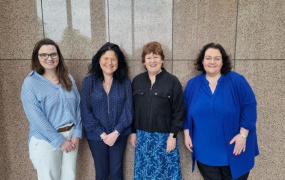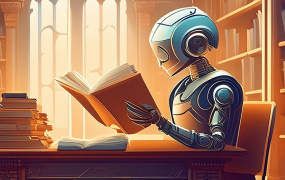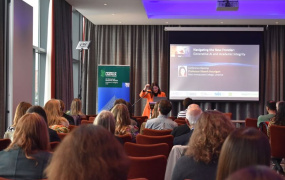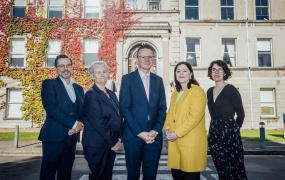Finding & Using Resources
When developing learning material you often have to avail of external resources for support. Today with the internet there are many resources widely available, however the use of some of this content is subject to copyright law.
Copyright Clearance
When using third-party content in your lectures, presentations or notes, it is essential that you do not infringe copyright. Even in educational contexts, using copyrighted material can result in legal action with serious repercussions. See for instance a court case in Germany where a school was sued for using a photo without the photographer’s permission in a student project that was then put online.
Using copyrighted material in an educational context does not make the institution immune from legal action.
The UL library site includes comprehensive content on copyright including an Overview, Copyright & Educational Use and Copyright & VLEs such as Moodle. It is highly recommended that you read through these pages to familiarise yourself with copyright in the Higher Education environment.
You should always seek permission for content that does not specifically provide permission for re-use. This applies whether the sources are online or multimedia such as audio, video, or photos, or text from print books or websites.
In practical terms, that means that you cannot take material from Google Images, or other online sources, without being able to confirm that you have permission and without properly citing the source. Many sources may be happy to provide permission for their content to be used in an educational context, but you must always contact them first to ensure that this is the case.
You should always request permission for re-use of the material listed below.
1. Substantial sections of text for the purpose of criticism, review, or reporting current events. Substantial does not just mean a certain amount of words or pages, but rather the overall proportion of the content being used in relation to the complete amount of the content. See the examples of limits below for instance.
- One complete chapter or 5% of a book, whichever is greater
- One article from a periodical or journal
- The whole of a short story or poem not exceeding 10 pages in length from an anthology
2. Any extract of text that is NOT for the purpose of criticism, review, or reporting current events (for example, a short epigraph) or that forms the main argument of the work being quoted. This would apply to content being used in a ‘decorative’ sense rather than an actively critical or integral use of the content.
3. Extracts from unpublished work.
4. Any extract from a newspaper/journal/magazine/website.
5. Pictures (paintings, drawings, charts, engravings, photographs, cartoons, and so on).
6. Figures, maps and tables.
7. Trademarks (brand images, advertisements, logos).
8. Any extract from poetry/song lyrics or audio, even if you think ‘fair dealing’ may apply. Even for a very short extract there may be a value attached to the usage and it is therefore always safest to seek permission.
Openverse
Openverse (prev. Creative Commons) content is released by the creators for free usage. However, individual creators may have specific terms of usage such as citing the creator whenever the content is used, or only allowing it to be used in specific contexts. Make sure to check the terms of use on each Openverse item. You can search for material at Openverse which draws from many other databases such as wikimedia commons.
Public Domain
Content in the public domain is out of copyright due to expiry or waiving of copyright. For instance, older works by Jane Austen have expired copyright so are free to use, but it is very important to check in each case and not assume that as content is very old and is likely to be past the general rule of the artist’s life plus 70 years as some content may belong to the estate of an artist or have perpetual copyright.
Copyright Association of Ireland
The CAI provide further guidance on copyright at www.cai.ie. The basic rule of thumb however, should be that if permission is not expressly provided, you should not use any third-party material in your course content.
Online Image Libraries
Many online photo libraries provide free images. They may also include images that link to stock photo sites so it is still important to check each individual image. There is a list of useful online image sites below.
There is a further list of free image resources to explore here.
Citing Online Material
See the MIC Library's Citing & Referencing Resource page here.
When citing online material, use Cite It Right Guide and head to page 26 for citation guidelines on all forms of electronic communication.
For any queries about finding and using resources, please contact LEAD.







